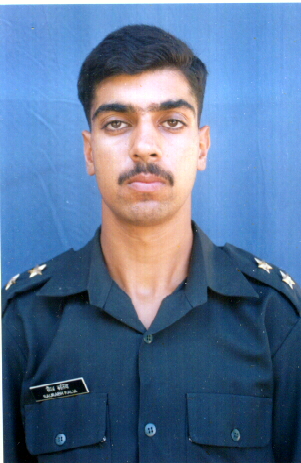New Delhi (IANS) When Angammal was being sexually abused inside a police station for six days over a decade ago, her son was just a little boy. As the case drags on in court, the little boy is now a student of law, convinced that he could argue his mother’s case better than any man in black robes.
The trial in the case started 14 years ago. It continues today.
The trial in Vatchathi mass rape case, which occurred in Tamil Nadu’s Vatchathi village over three days in June 1992, dragged on for 19 years. Over the three days, 18 women were repeatedly raped and many Dalit men beaten and abused. Among the 269 convicted were nearly 100 policemen and revenue and forest officials. This case was perhaps a record one, for the length of the trial.
One major reason for inordinate delay in finishing the trial procedure in criminal cases is frequent adjournments. Under the law, once examination of witnesses in criminal cases begins, it has to continue uninterrupted till all listed witnesses are examined.
This provision of the law, however, is routinely breached.
Even the apex court, in one of its judgments, expressed anguish over repeated adjournments: “We are distressed to note that it is almost a common practice and regular occurrence that trial courts flout the said command with impunity.”
“Even when witnesses are present, cases are adjourned on far less serious reasons or even on flippant grounds. Adjournments are granted even in such situations on the mere asking for it. Quite often, such adjournments are granted to suit the convenience of the advocate concerned,” the bench observed.
And is it any wonder, when trials take decades, that conviction rates should be poor?
Conviction rate in crimes against women is just 27.8 percent.
“Conviction rate for crimes against women (Indian Penal Code and Special and Local Laws cases) for 2010 is 27.8 percent” says the report of the Law Commission of India into expeditious investigation and trial of criminal cases against influential people.
Senior counsel Ranjit Kumar attributes the delay in the trial of criminal cases to the poor judge-population ratio.
He points out that sanctioned strength of judges per one million population was just 13 or so judges, way below judge-population ratio in other countries. Even the apex court, in All India Judges Association case, had favoured 50 judges for one million population.
If all the 18,123 district and subordinate judiciary courts were working, then according to the Law Commission, every judge would have about 1,630 cases to deal with. But this does not reflect the true picture, as against the sanctioned strength of 18,123 district and subordinate courts, only 14,287 actually work. There are 3,836 vacancies in these courts.
The national capital alone has 155 vacancies in district and subordinate judiciary. Against the sanctioned strength of 623 district and subordinate courts, only 468 are working.
The problem is further compounded by vacancies in the offices of public prosecutor and additional public prosecutor. These functionaries are thus forced to shuttle from one court to another, causing dislocation of court work.
“There is no effective mechanism to oversee the functioning of public prosecutor. The recruitment process is either deficient or politically manipulated,” says a report of the Law Commission.
“Once a case is adjourned, it gets listed for next hearing after six months and in cases even after a year,” says Ranjit Kumar, adding that adjournments take place because of the absence of lawyers, the public prosecutor or even, at times, judges.
In sessions courts, where rape cases are tried, Ranjit Kumar says judges go by the roster of cases; no preference is attached to any case.
Eminent counsel Fali Nariman offers another reason for delay: Inadequacy of forensic labs for examining samples collected from the site of the crime.
“The medical and forensic examination reports take a long time to come and Delhi has no forensic lab,” says Nariman, adding that in the absence of forensic labs, samples go either to Chandigarh or Nagpur for testing.
Underlining the significance of forensic examination of samples, Nariman says: “Without a forensic report, there can be no charge sheet and without the forensic report, there can be no conviction.”
By Parmod Kumar
The opinions, beliefs and viewpoints expressed by authors, news service providers on this page do not necessarily reflect the opinions, beliefs and viewpoints of Hill Post. Any views or opinions are not intended to malign any religion, ethnic group, club, organization, company, or individual.
Hill Post makes no representations as to the accuracy or completeness of any information on this site page.



